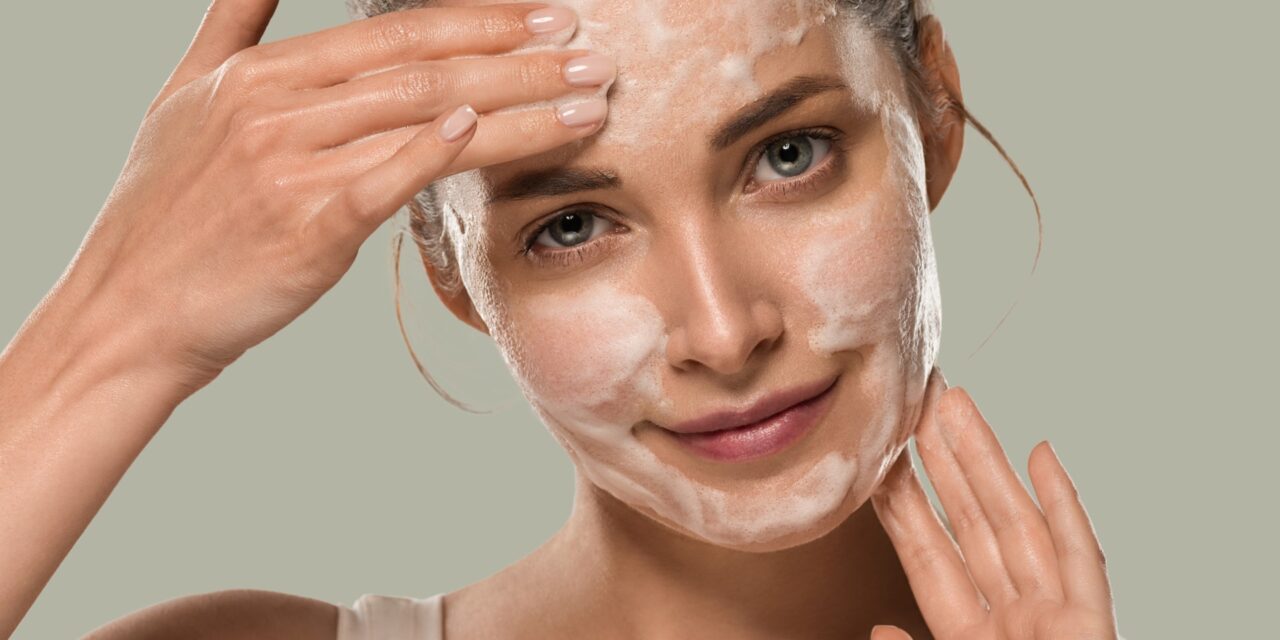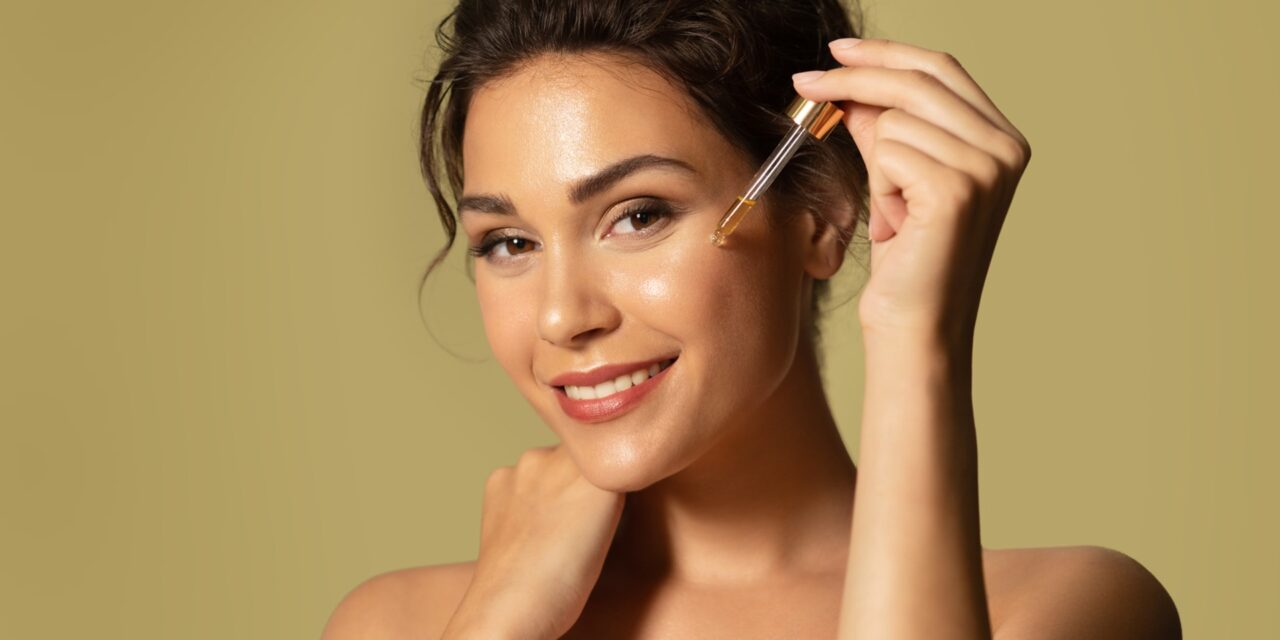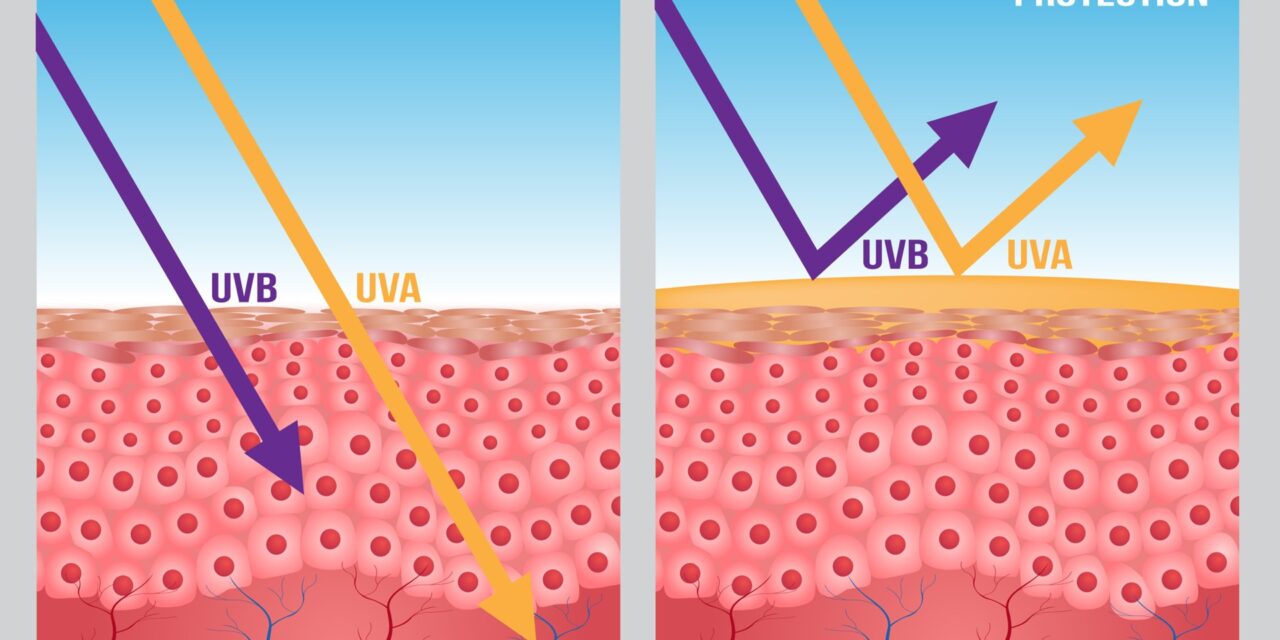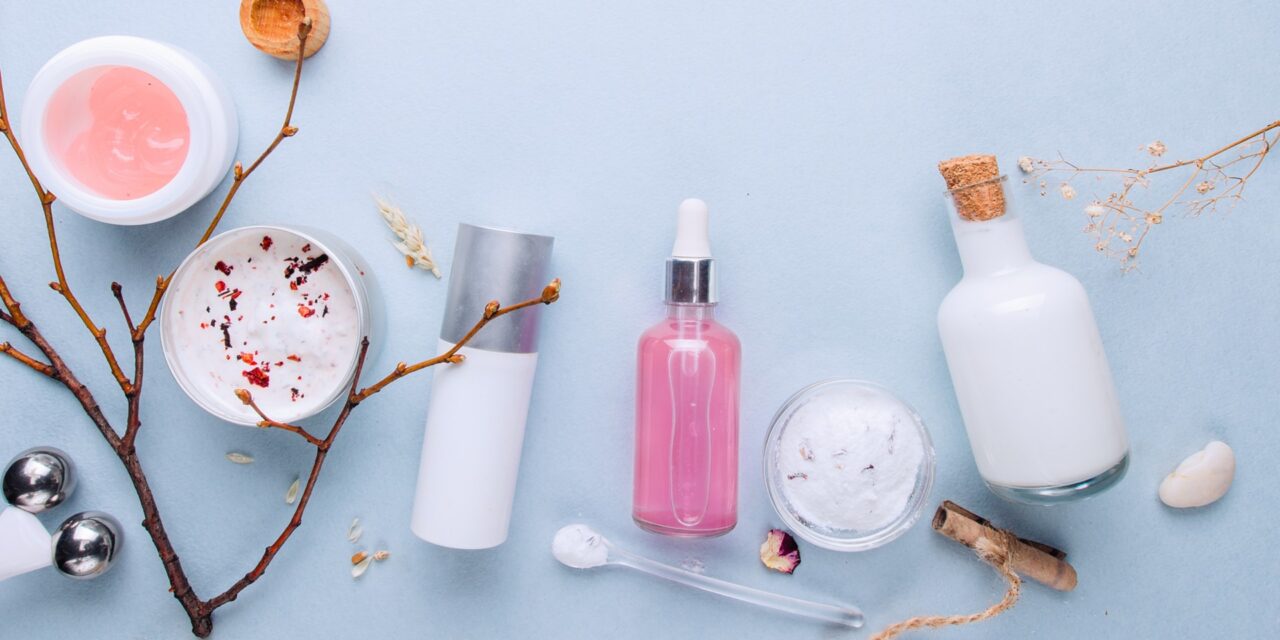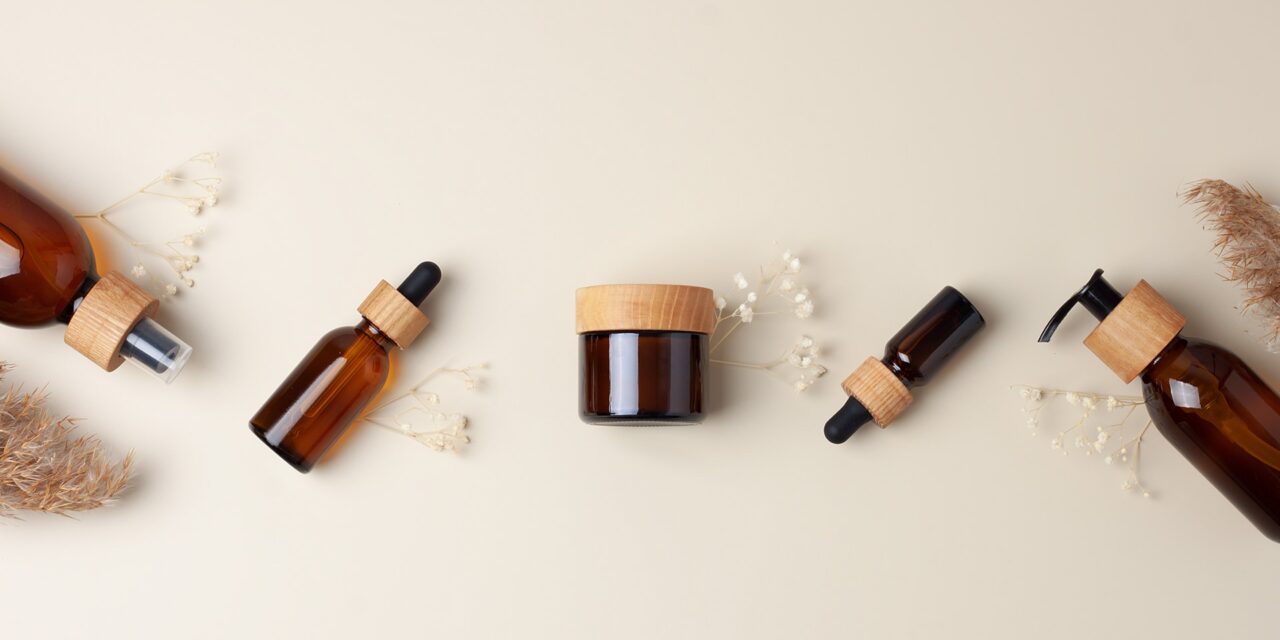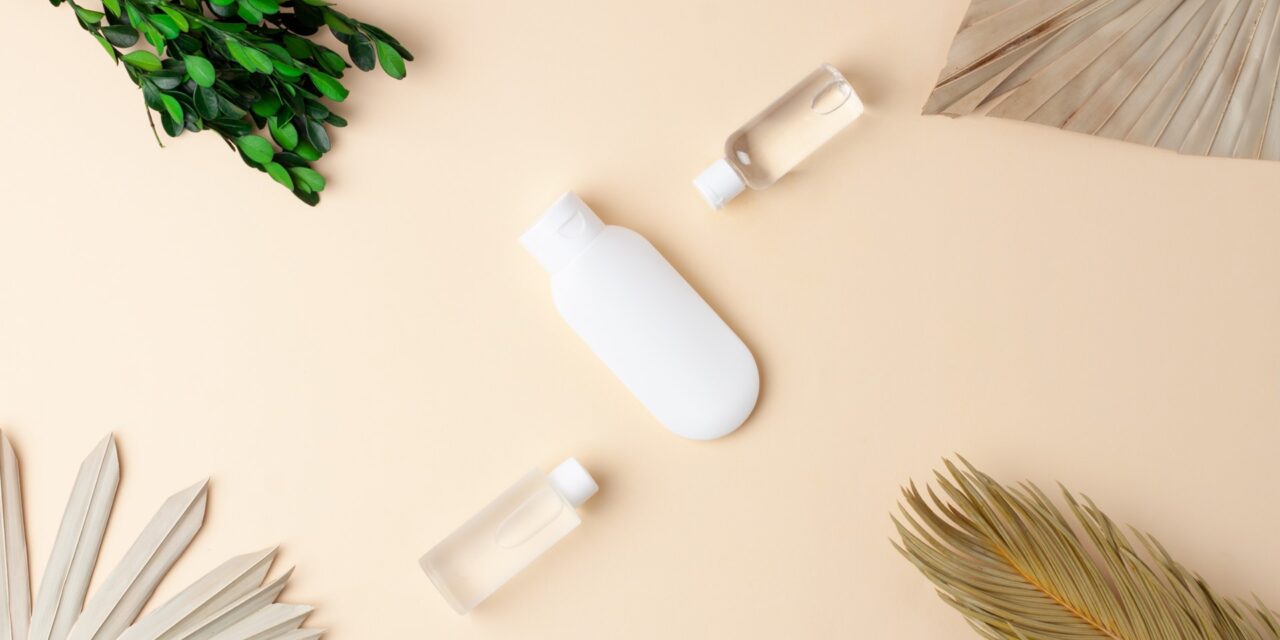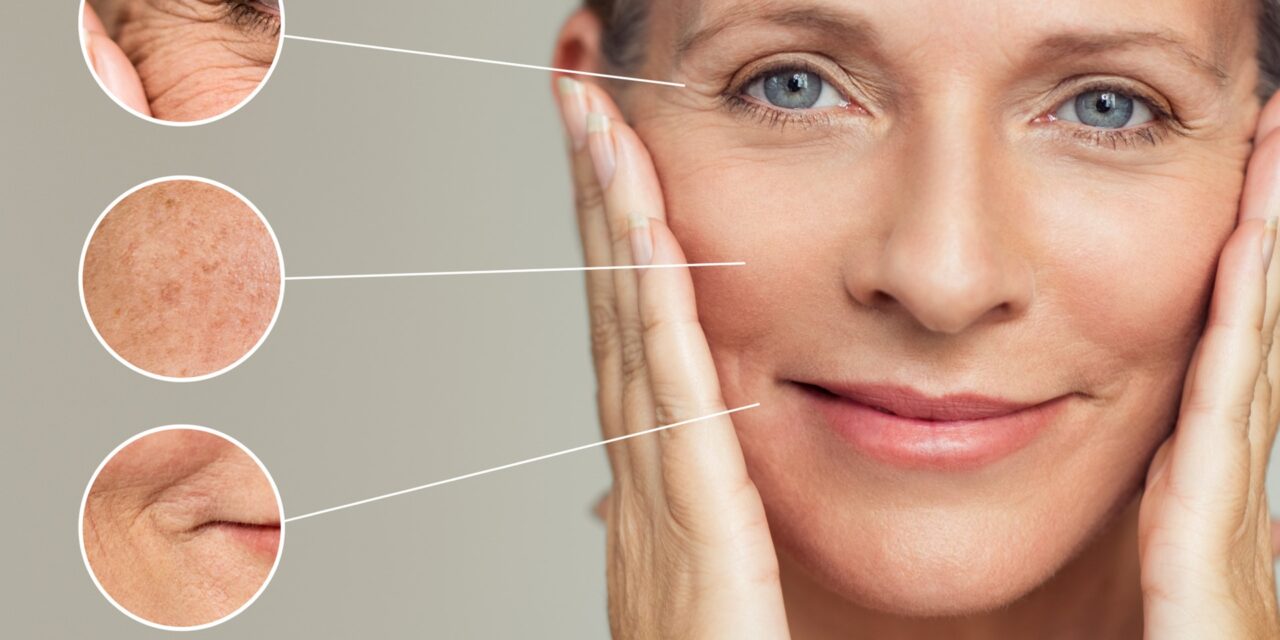Human skin is exposed every day to various external factors, including changing temperatures, wind, air conditioning and solar radiation. Moreover, it is regularly treated with smaller or larger amounts of the product cosmetic products, both for cleansing, care and protection.
HomeCategory
Archiwa Uncategorized - Page 2 of 3 - GBA POLSKA
In the realm of beauty and personal care, cosmetics have become an integral part of our daily routines. Whether it's applying moisturizer in the morning, adding a pop of color with lipstick, or indulging in a luxurious skincare regimen, cosmetics allow us to express ourselves and enhance our natural beauty. Amidst the excitement and glamour of the beauty industry, there lies an important issue that is called cosmetic safety.
The skin is the body's largest and primary protective organ. The skin covers the body’s entire external surface and serves as a first-order physical barrier against the environment. Functions: temperature regulation and protection against UV light, injury, pathogens, microorganisms and toxins. Moreover, the skin plays a role in immunologic surveillance, sensory perception, control of insensible fluid loss, and homeostasis. One of the most important function of the skin is transport route for cosmetic active substances and it is very significant fact for the cosmetic industry.
UV (ultraviolet) radiation from the sun poses both benefits and risks to human health. While UV exposure is necessary for the production of vitamin D and can positively affect mood, excessive exposure can lead to sunburn, premature aging, and an increased risk of skin cancer.
Perfumes and deodorants are the most frequent sources of sensitisation to fragrance ingredients in women, while aftershave products and deodorants are most often responsible in men. Thereafter, eczema may appear or be worsened by contact with other fragranced products such as cosmetics, toiletries, household products, industrial contacts and flavourings. Between 10 and 25% of patients routinely tested for suspected allergic contact dermatitis react to a standard indicator of fragrance allergy and they report it in the medical interview.
In today's world of cosmetics, shelf life plays a significant role in maintaining their effectiveness and safety for users. Many of us undoubtedly pay attention to various symbols and signs placed on product packaging, and one of these significant markings is the PaO symbol.
Silicones hold a prominent place in the European Union (EU) cosmetics industry, serving as versatile ingredients in a wide array of skincare, haircare, and makeup products. These compounds, derived from silicon, oxygen, carbon, and hydrogen, offer unique properties that contribute to the efficacy, stability, and sensory appeal of cosmetic formulations. In the EU, the use of silicones in cosmetics is governed by strict regulatory standards outlined in the EU Cosmetics Regulation (Regulation (EC) No 1223/2009). This legislation mandates comprehensive safety assessments of cosmetic ingredients, including silicones, prior to their introduction into the market. As a result, silicone-based cosmetic products available in the EU undergo rigorous testing to ensure consumer safety and compliance with regulatory requirements.
On the label of almost every cosmetic product, in addition to mandatory elements such as the details of the responsible person, the nominal quantity in the packaging, or the list of INCI ingredients, you can also notice additional, non-mandatory elements.
Skin aging is a complex multifactorial progressive process, and one of its natural part is the formation of wrinkles. Wrinkles are folds, lines or creases on your skin, that appear on the face and body as the skin loses elasticity, the amount of collagen over time and becomes thinner.
The cosmetics legislation in force in Poland are included in two main legal acts. The regulation at the EU level, that applies directly in the Polish law is Regulation (EC) No. 1223/2009 of the European Parliament and of the Council of 30 November, 2009. The aim of the mentioned Cosmetics Regulation 1223/2009/EC is to ensure human safety and health in connection with the use of cosmetic products.

